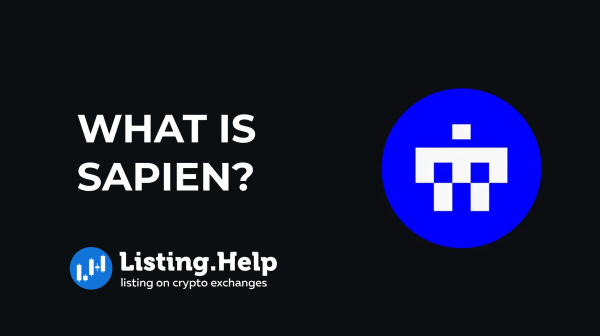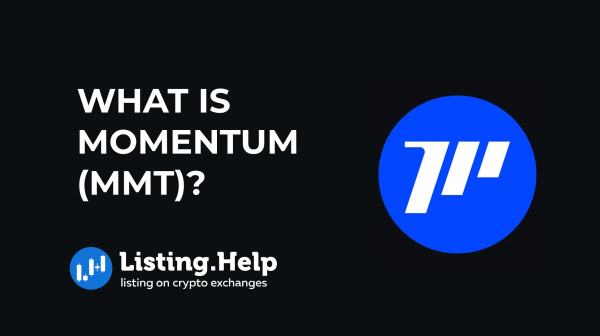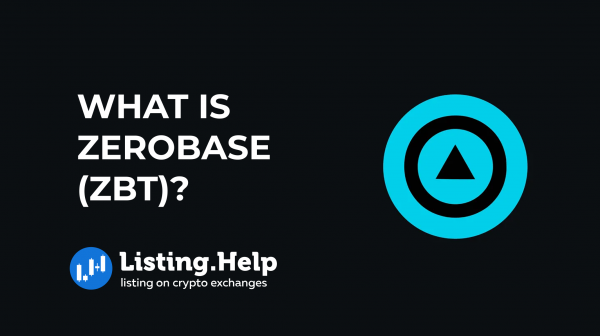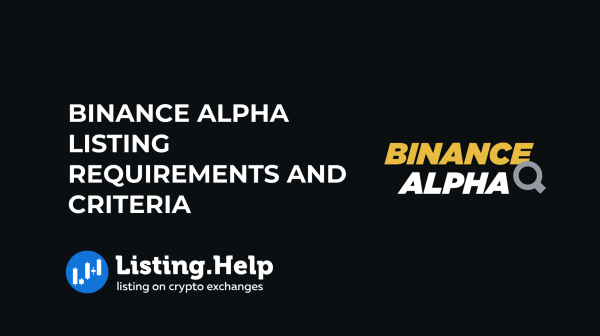What Is Yield Farming in Crypto? Types of Yield Farming.
 November 27, 2023
November 27, 2023 Updated: January 27 2025, 07:23
Updated: January 27 2025, 07:23
LEAVE A REQUEST
Launching your own token project? Our experts are ready to help with listing on exchanges, market making, marketing and other solutions
SUBMIT APPLICATIONIn the realm of cryptocurrency, a concept known as yield farming, sometimes referred to as liquidity mining, involves the practice of earning extra tokens by staking or lending cryptocurrency on decentralized finance (DeFi) platforms. This approach has gained traction as it often leads to returns that surpass those offered by conventional savings methods.
Imagine you’re an investor with assets like Ether (ETH) or stablecoins such as DAI. Instead of having these assets remain dormant in your crypto wallet, you have the option to actively use them. This is done by lending or depositing them onto various DeFi platforms, which could be decentralized exchanges (DEX), or platforms specializing in lending, borrowing, yield aggregation, liquidity protocols, or options and derivatives.
As a liquidity provider (LP), when you contribute liquidity, you might be compensated with the platform’s native tokens, governance tokens, or a share of the platform’s earnings in established cryptocurrencies like Ether.
The process of yield farming can involve using a liquidity pool to generate yield, and then reallocating this yield into other liquidity pools to accrue further rewards. This can quickly evolve into sophisticated strategies. However, at its core, it entails depositing funds into a liquidity pool and receiving rewards in return.
The type of rewards you can expect hinges on various factors, including the kind and quantity of assets you lend, how long you participate, and the demand for the platform’s services. Engaging in this method opens up opportunities for passive income in crypto, presenting an attractive avenue for investors looking to maximize their digital asset holdings.
How does Yield Farming work?
Yield farming is an integral part of the decentralized finance (DeFi) ecosystem, closely intertwined with a concept known as the automated market maker (AMM). It primarily involves the participation of liquidity providers (LPs) who contribute to liquidity pools.
The process starts when LPs deposit their funds into a liquidity pool. This pool is crucial for the functioning of the DeFi protocol, facilitating activities like lending, borrowing, or token exchanges. The operations on these platforms generate fees, which are then proportionally distributed to the LPs based on their stake in the liquidity pool. This principle underpins the workings of an AMM, although its specific application can differ across various networks.
Another draw for adding funds to a liquidity pool is often the prospect of receiving a new token. Sometimes, new tokens of the DeFi protocol aren’t available for direct purchase in the open market. In such cases, these protocols incentivize LPs by allowing them to accumulate the new tokens by providing liquidity to a designated pool. The returns for LPs are calculated based on their contributed liquidity.
DeFi protocols also often issue specific tokens representing the assets deposited by users. For instance, depositing DAI in Compound yields cDAI, while depositing ETH gives you cETH.
These tokens can then be utilized in more advanced yield farming strategies. For example, an investor might deposit their cDAI into another protocol, which then issues another token representing their cDAI investment. These yield farming tactics can be intricate, involving multiple steps and necessitating a thorough understanding of each protocol’s unique mechanisms.
To participate in yield farming, one must connect a digital wallet to a chosen DeFi platform, deposit the required assets, and adhere to the instructions specific to that platform.
Types of Yield Farming in DeFi.
In the domain of decentralized finance (DeFi), yield farming manifests in three distinct forms: protocol usage, network tokens, and leverage demand.
Protocol Usage: This form of yield farming, also referred to as yield mining, is centered around the utilization of a specific protocol. The process involves buying tokens from the chosen protocol, holding them until they reach maturity, and then collecting the yield that has accumulated.
Network Token: Another avenue for yield farming is through network tokens. This differs from protocol usage in a significant way. Instead of merely waiting for the tokens to mature, yield farming with network tokens involves specific periods designated for harvesting the yield, known as rewards. This offers a more dynamic approach to earning from your investments.
Leverage Demand: The third variant of yield farming involves leverage demand. This method bears resemblance to protocol usage, but with a key difference: instead of holding tokens from a specific network in your wallet, you engage in short-term capital borrowing. After borrowing, you return the amount after a set period. This method requires a strategic approach to timing and capital management.
Each of these yield farming types presents unique opportunities and strategies within the DeFi space, catering to different investor preferences and risk tolerances.
Risks of Crypto Yield Farming
In cryptocurrency yield farming, several risks need to be carefully considered by investors.
1. Vulnerabilities in Smart Contracts: Yield farming operates through smart contracts, which are not immune to vulnerabilities and possible exploits. Any weaknesses in these smart contracts can lead to substantial financial losses, including both the funds deposited and the rewards expected. It’s crucial for investors to thoroughly evaluate the security of these contracts and perform due diligence on the protocols they engage with.
2. Risks Inherent to Specific Protocols: Each yield farming protocol carries its unique set of risks. These may range from inherent design flaws in the protocol, updates to the smart contract, alterations in the economic model of the protocol, to the extreme risk of the protocol being completely abandoned.
3. Market Volatility: The cryptocurrency market is notorious for its high volatility. This can significantly affect the value of the tokens held by users as well as the rewards they are farming. Sharp price fluctuations can diminish the value of assets or rewards, impacting the overall effectiveness of a yield farming strategy.
A common consequence of market volatility in yield farming is impermanent loss. This occurs when the prices of tokens in a pool diverge significantly during the period of farming, leading to potential losses upon withdrawal of assets.
4. Liquidity Concerns: Yield farming often involves committing funds for a certain duration, which can result in a lack of immediate liquidity. In scenarios where a user needs urgent access to their funds, this could pose a problem. Moreover, if a pool or platform loses popularity or users, the resulting decrease in liquidity can lead to reduced rewards, challenges in exiting the position, or even the collapse of the project, severely impacting its token value.
Differences Between Staking and Yield Farming
In the evolving landscape of cryptocurrency, two terms often encountered are “yield farming” and “staking.” While they share similarities in their aim to generate earnings from crypto assets, they differ in their mechanisms and risk profiles. Understanding these differences is essential for any investor navigating the crypto market.
Yield Farming:
Yield farming, at its core, is an active investment strategy. It involves lending or staking crypto in a DeFi (Decentralized Finance) platform to earn rewards, typically in the form of additional cryptocurrency. The process requires investors to engage with various liquidity pools across different DeFi platforms. Key characteristics include:
- Active Participation: Yield farming demands regular monitoring and adjustments. Investors often need to move their assets between different protocols to maximize returns.
- Higher Risk and Reward: The strategy carries higher risk due to its reliance on fluctuating DeFi market conditions and smart contract vulnerabilities. However, it also offers potentially higher returns compared to traditional staking.
- Complex Strategies: It often involves leveraging complex strategies like providing liquidity to DEXs (Decentralized Exchanges), participating in liquidity mining, and utilizing various financial instruments within DeFi.
Staking:
Staking, conversely, is a more passive form of investment. It involves holding funds in a cryptocurrency wallet to support the operations of a blockchain network. Primarily, it is associated with blockchains that use a Proof of Stake (PoS) or related consensus mechanism. Staking’s main features include:
- Passive Income: Investors can earn rewards, usually in the form of additional coins, by simply holding and locking their cryptocurrencies in a wallet.
- Lower Risk: Compared to yield farming, staking generally presents a lower risk as it is less dependent on the complex and often volatile DeFi market fluctuations.
- Supporting Network Security: By staking, investors contribute to the blockchain network’s security and efficiency, playing a role in validating transactions and maintaining the blockchain’s integrity.
While both yield farming and staking offer avenues for earning from cryptocurrency investments, they cater to different investor profiles. Yield farming is suited for those who actively manage their investments and are comfortable with higher risks for potentially greater returns. Staking, on the other hand, is ideal for investors seeking a more passive, lower-risk approach, contributing to the stability and security of blockchain networks.
Conclusion
In the dynamic world of Decentralized Finance (DeFi), yield farming is a significant element that fuels the growth of innovative financial solutions. As participants offer liquidity to decentralized networks, they bolster the DeFi market’s overall fluidity and functionality. This involvement not only contributes to the market’s health but also rewards individuals with cryptocurrency gains.
A key aspect of yield farming is its role in democratizing finance. By simply having internet access and some cryptocurrency, anyone can become a part of this DeFi movement. This opens doors to alternatives beyond traditional finance, empowering people with more direct control over their assets and the opportunity for passive earnings.

For a deeper insight into these concepts, I invite you to explore our blog at listing.help/blog. Here, we delve into the intricacies of DeFi, offering valuable perspectives for both newcomers and seasoned investors.






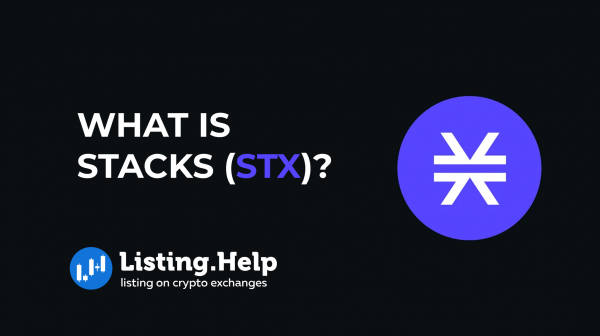
 December 18, 2025
December 18, 2025 